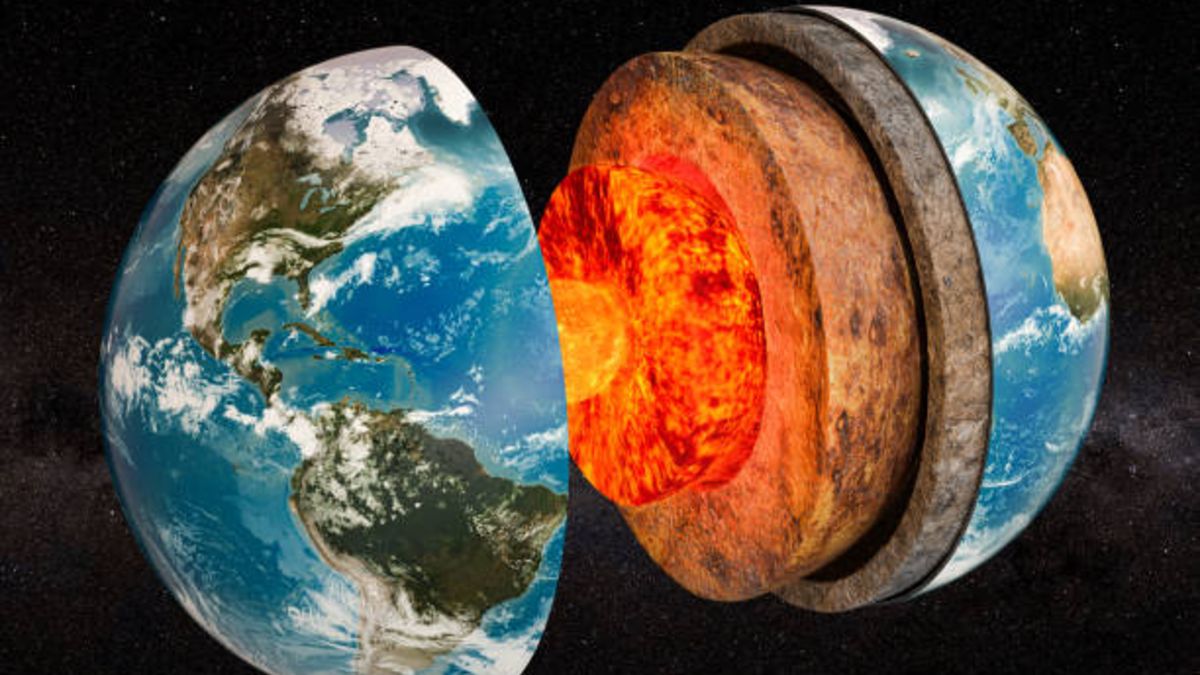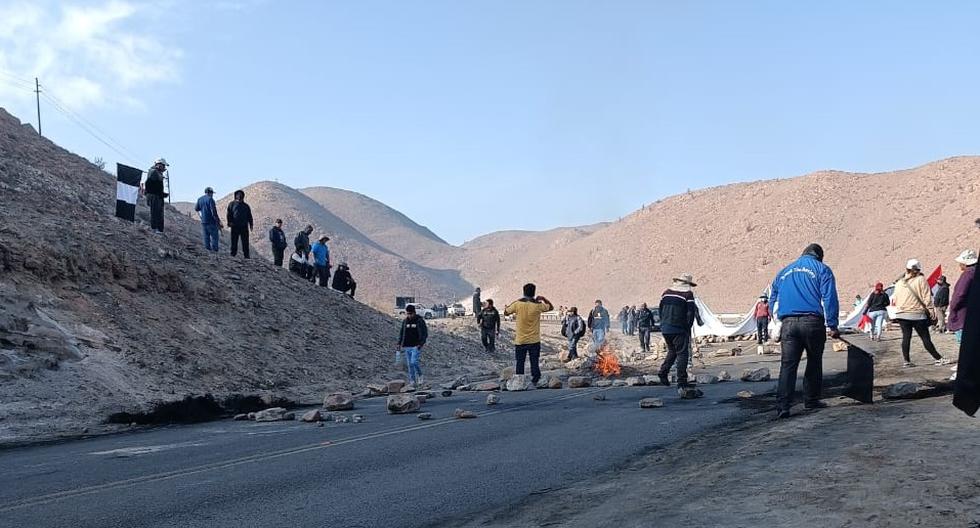Madrid, (EFE).- The inner core of the Earth is the most inaccessible place on our planet, with conditions that are extreme: its temperature can exceed that of the surface of the Sun. It is a solid ball of iron and nickel that rotates , like the rest of the terrestrial layers. Has this stopped dead? The answer is no.
In any case, its speed has decreased and it is “out of balance” with the speed of rotation of the rest of the planet -minimally-.
So at least says a recent article published in the journal Nature Geoscience led by Xiaodong Song and Yi Yang, from Peking University. Although in this study the scientists speak of a “recent stop” and that the rotation of the nucleus could be “reversing”, this does not mean that it has stopped suddenly or that it is rotating in the opposite direction to the Earth’s surface.
There are nuances, and one of them is that it is about relative speeds (with respect to another object) and a reversal of trend, explains Maurizio Mattesini, professor of Earth Physics at the Complutense University of Madrid and researcher at the Institute of Earth Physics, to EFE. Geosciences (IGEO), from the Higher Center for Scientific Research (CSIC), for whom “scrutinizing the inner core is important to understand the dynamics of the planet and its state of health.”
WHAT IS THE INNER CORE?
The Earth is made up of different layers and in the center, 5,000 kilometers deep, there is a sphere almost entirely made of iron. It is the inner core, with a radius of 1,220 kilometers -slightly larger than Pluto- and is surrounded by a 2,260-kilometer-thick layer of similar composition, but in a molten state, a kind of “mattress”.
The inner core was discovered in 1936 by the Danish seismologist Inge Lehmann when analyzing seismic waves.
The convection movements in the liquid outer core, together with the terrestrial rotation, generate the magnetic field, which protects the Earth from the -highly energetic- particles that arrive from the Sun and from space, explained Alberto Molina, Marina Puente and Pablo Rivera, also from IGEO.
Around the core is the mantle, about 2,900 kilometers thick, and on top of it, the Earth’s crust.
HOW IS THE INNER CORE STUDYED?
Analyzing the deepest layer of the Earth is difficult. With drilling to collect samples, impossible, says Mattesini, who recalls that the deepest hole made to date is less than 12 kilometers.
Computed tomography still has technological limitations, so the alternative is seismology.
Earthquakes generate seismic waves that propagate through the interior of the planet and some pass through the inner core, from where they emerge to the Earth’s surface. This is when seismographs record a signal that contains information from the center of the Earth.
The planet rotates and takes approximately 24 hours to complete one revolution. Until now it was thought that the inner core continued in the same dynamics recorded during the last decade, that is, rotating a little faster than the mantle and crust, which is called “super rotation”, so that it was moving forward around one tenth of a grade each year.
SCIENTIFIC CONTROVERSY
The first investigation to speak of super-rotation is from 1996 -Song was also involved-, although later studies have said the opposite (there is even a minority that maintains that there are no distinctions in rotation). There is enough data, but the differences are so subtle that they give room for interpretation and scientific discussion.
What does the latest Nature Geoscience study conclude? The core, since 2009, would have slowed down to the same rotation speed as the outermost layers or even slightly less.
These differences in relative speeds are very small, explain the IGEO scientists in their forum.
As an example, a car at 120 kilometers per hour is ahead of another at 121. «Through the window we will see that it is overtaking us little by little. If the other vehicle brakes and goes to 120 kilometers per hour, we will see it ‘immobile’ next to our car, although it continues to move, just like us.
In the same way, the core would have slowed down and, now, rotating at the same speed as the mantle and crust, from the Earth’s surface we would see it stopped.
Thanks to the geological record, the IGEO explains on Twitter, it is known that the years in the geological past lasted more days, that is, the Earth rotated faster and therefore the days were shorter (in the Mesozoic they lasted 23 hours).
This is because the Moon is moving away from us at a rate of 3.82 centimeters per year and its effect is to slow down its rotation, imperceptible on a human scale.
The new study detected that the speed with which the Moon was slowing down experienced anomalous values. Through the propagation of seismic waves from earthquakes, it was observed that it could be due to the differential rotation of the core.
IT’S NOT THE FIRST TIME
This slight shift in core rotation isn’t the first time it’s happened; the data shows another similar event in 1970.
This suggests that the phenomenon is repeated with a periodicity of about 2-3 and up to 7 decades (depending on the authors) and it seems that this same frequency appears in other geophysical observables, such as the geomagnetic field, the length of the day -one thousandth of a second longer or shorter depending on the rotation – or the weather, which suggests that they may be related.
But it is only a hypothesis, warns Mattesini; there is no scientific evidence yet.
It is clear that the actual time it takes the Earth to complete one revolution varies slightly – which is important for adjusting navigation systems – and the days are now longer again. To discover what is behind this and the complex terrestrial dynamics, it is necessary to continue investigating.
















